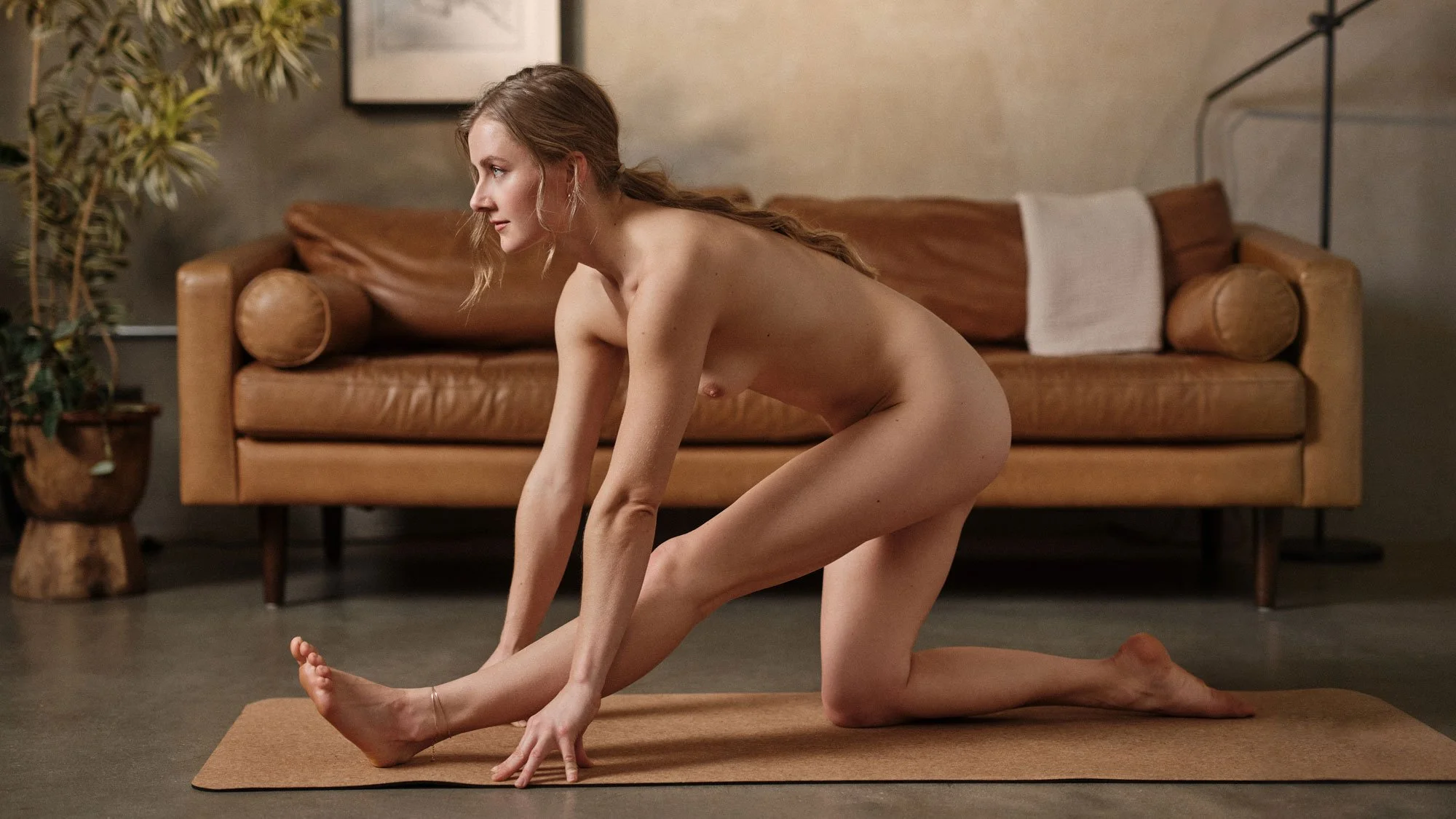Downward Facing Dog
Adho Mukha Svanasana
Downward Facing Dog aka Adho Mukha Svanasana is an all-levels forward bend and mild inversion, and one of the most common poses in yoga.
Common Name: Downward Facing Dog
Sanskrit Name: Adho Mukha Svanasana (AHD-ho MUH-kha sva-NAHS-anna)
Level: Beginner
Pose Type: Forward Bend, Inversion
Target Areas: Arms, Shoulders, Back, Hamstrings, Calves, Ankles
Downward Facing Dog aka Adho Mukha Svanasana is an all-levels forward bend and mild inversion, and one of the most common poses in yoga. It stretches and strengthens the arms, legs, shoulders, and core. It commonly follows Upward Facing Dog.
Downward Facing Dog Pose Steps
Step 1
Start in a tabletop position. Wrists are stacked directly under the shoulders and hips are stacked under the hips. You can also start from your Upward Facing Dog.
Step 2
Walk your hands slightly out in front of your shoulders and spread the fingers out wide onto the mat and firmly ground down in the palms.
Step 3
On an exhale, tuck your toes under and start to lift your knees off of the mat. Press your hips up and back, and press your chest down towards your legs.
Step 4
You can bend one leg at a time if it feels good, and eventually straighten out the legs and reach the heels toward the mat. It's totally fine if you can't straighten your legs or reach the mat with your heels.
Step 5
Allow the head to drop and the neck to relax. You can even nod your head 'yes' and 'no' to release the neck.
Step 6
Continue engaging the quads and pressing up through the palms, making sure to draw your shoulders away from your ears.
Modifications
For those with tight hamstrings, keep a large bend in your knees. Your knees should bend as much as you need in order to keep your back straight and your head between your arms.
For those with tight calves, stay up on your tiptoes or place a pillow or rolled up towel under the heels.
If you have shoulder or wrist injuries that make it uncomfortable to place your weight into your hands, stand next to a wall and place your hands on the wall in front of you, and bend forward to create the same 90 degree shape with your body but standing. Use the wall as a support.
Benefits
• Stretches the hamstrings, calves, ankles, shoulders, and back.
• Strengthens the arms, legs, shoulders and core muscles.
Cautions
• Wrist injury or carpel tunnel
• Shoulder or elbow injury
• Back injury
• Avoid during late term pregnancy
• Ear infection





